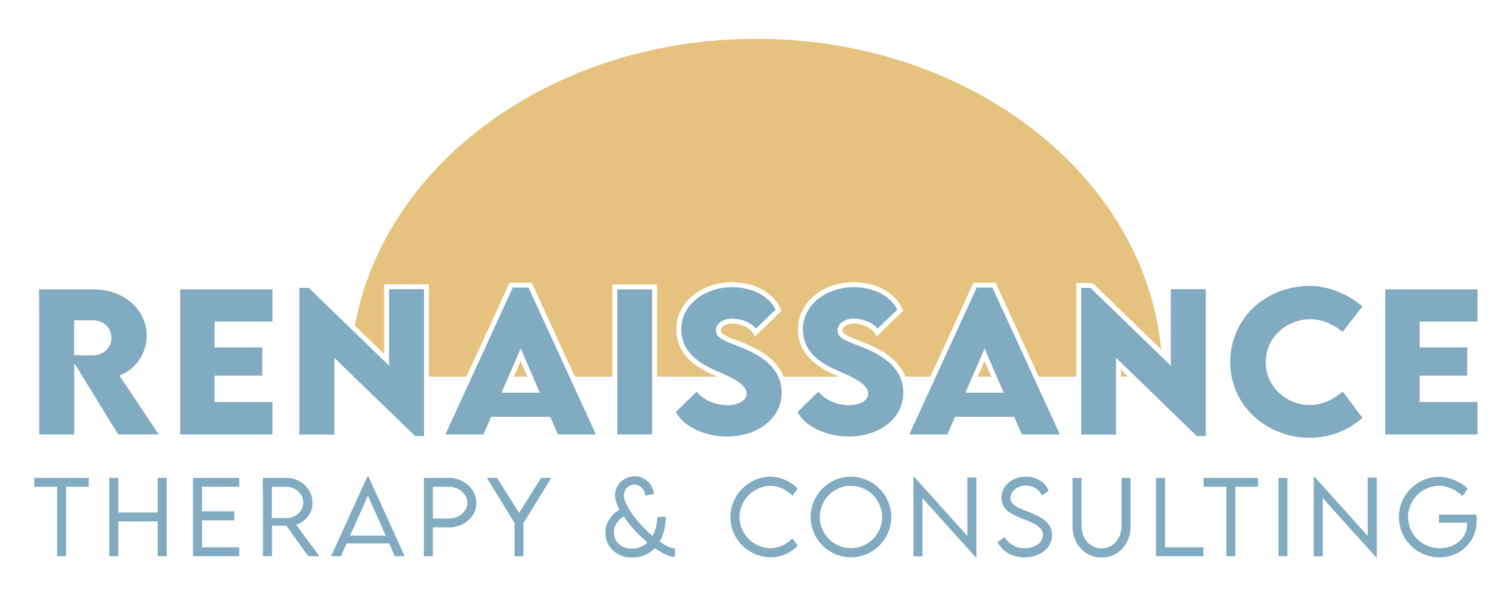The Magic Of Validation
Sounds like some fancy psychology term, doesn’t it? Well, if I could think of a shorter 8th-grade-vocabulary word I would use it. Until then, let’s dissect why the word “validation” should be your best friend.
Ever heard of the analogy that a conversation is like playing catch? You throw a ball {make a statement) to another person who catches the ball. That person in return throws the ball {a responding statement} back to you. Back and forth you go and viola! A conversation is born.
That’s a nice starting point. However, if things go on like that, there is only going to be an exchange of sentences - not an increase of understanding or growth in intimacy.
Instead, let’s try inserting a validation in between each sentence. The conversation model would then look like this:
Person A: Statement
Person B: Validation
Person A: Feeling heard/understood/as if they matter
Person B: Response
Skipping the validating comment(s) skips the speaker’s sense of being heard. It’s worth your time to validate even if you think the conversation is going to take longer.
The beautiful part about validation is that you do not have agree with what the speaker is saying! You can validate your toddler’s tears over a dropped cookie. (“You are so disappointed about that cookie breaking”) You can validate your early teen telling you how many piercings they plan to get when they turn 18. (“Sounds like you have each location on your body all planned out!”) You can validate your partner’s third hunting trip idea of the month. (“Hunting seems really exciting for you this year”) You can validate an angry customer. (“It’s frustrating when things run late.”) And, you can validate your boss who tells you that you have an opportunity for improvement. (“You’ve summarized my growth areas that will help my contributions to the company”)
Validation works all the time. And each time you use it,the other person feels heard and supported. Once you have validated, you have earned the right to courteously share your opinion, which may differ from the speaker. Your opinion begins with an “I” statement and has no need to increase volume or contort facial expressions. Your “I” statements do not include judgements or dismissals such as “get over it” or “we already talked about this” or even worse; “I’m not going to talk about that”.
Think of validation as a bridge builder and enjoy practicing! It’s sure to calm a situation as well as a wild toddler.

